Home>Garden Essentials>How Much Is Ryegrass Seed
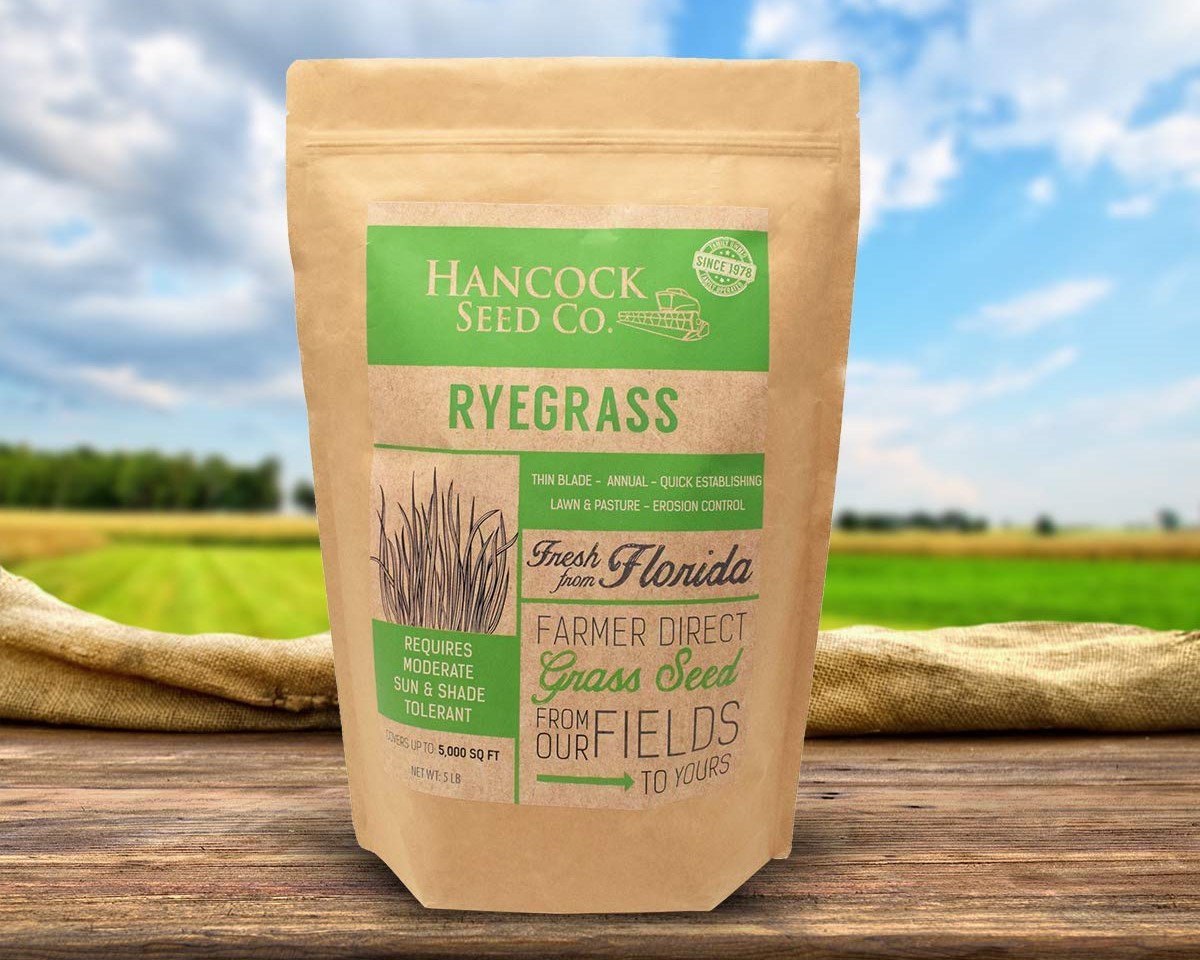

Garden Essentials
How Much Is Ryegrass Seed
Modified: March 16, 2024
Looking to plant a garden? Find out how much ryegrass seed you'll need for a thriving garden with our comprehensive guide.
(Many of the links in this article redirect to a specific reviewed product. Your purchase of these products through affiliate links helps to generate commission for Storables.com, at no extra cost. Learn more)
Introduction
Welcome to our comprehensive guide on ryegrass seed and its cost. If you’re passionate about gardening or landscaping, you’re likely familiar with the importance of choosing the right seeds for your projects. Ryegrass seed is a popular choice among gardeners, as it offers numerous benefits and is suitable for various applications.
In this article, we will delve into what exactly ryegrass seed is, discuss the factors that affect its cost, compare different varieties available in the market, provide insights about the best time to plant it, and offer tips for purchasing ryegrass seed that meets your requirements.
Whether you’re a homeowner looking to revive a dull lawn or a professional landscaper in search of high-quality seed, this article will provide you with the necessary information to make informed decisions and achieve stunning results. So, let’s get started!
Key Takeaways:
- Ryegrass seed comes in different types, such as perennial and annual, each with unique benefits. Factors like seed variety, quality, and treatment affect the cost, so choose wisely based on your needs and budget.
- When buying ryegrass seed, consider local adaptability, seed certification, and storage requirements. Avoid common mistakes like overlooking local conditions and purchasing low-quality seed to ensure successful gardening or landscaping projects.
Read more: How Much Ryegrass Seed Per Acre
What is Ryegrass Seed?
Ryegrass seed refers to the seeds of the ryegrass plant, scientifically known as Lolium. It is a cool-season grass that is widely used in lawns, pastures, and sports fields due to its fast germination and establishment. Ryegrass seed can be categorized into two main types: perennial ryegrass and annual ryegrass.
Perennial ryegrass (Lolium perenne) is a long-lived grass that can persist for multiple years, making it ideal for lawns and high-traffic areas. It exhibits a dark green color, fine texture, and dense growth, creating a lush and attractive appearance. Perennial ryegrass is known for its tolerance to cold temperatures and ability to recover from wear and tear, making it a popular choice for athletic fields.
Annual ryegrass (Lolium multiflorum) is a short-lived grass that completes its lifecycle within one year. It is primarily used as a temporary cover crop, erosion control measure, or winter overseeding option in warmer climates. Annual ryegrass germinates quickly, providing immediate ground cover and preventing soil erosion. While it may not have the same visual appeal as perennial ryegrass, it serves essential purposes in certain applications.
Ryegrass seed can be purchased in different forms, including coated and uncoated varieties. Coated seeds are typically treated with a protective coating that can enhance germination and provide added protection against pests and diseases. It is important to read the product label or consult with a professional to determine the best type of ryegrass seed for your specific needs.
Now that we have a basic understanding of ryegrass seed, let’s explore the factors that contribute to the cost of this versatile grass seed.
Factors Affecting the Cost of Ryegrass Seed
When it comes to purchasing ryegrass seed, it’s essential to understand the various factors that can influence its cost. By being aware of these factors, you can make informed decisions and choose a ryegrass seed that fits your budget and requirements. Here are some key factors to consider:
- Seed Variety: The type of ryegrass seed you choose can have a significant impact on its cost. Perennial ryegrass seed tends to be more expensive than annual ryegrass seed due to its longevity and superior quality. Additionally, specific cultivars or varieties of ryegrass may come at a higher price based on factors such as drought resistance, disease resistance, and improved aesthetics.
- Seed Quality: The overall quality of the ryegrass seed can also affect its cost. High-quality seed, with a higher germination rate and purity, usually comes at a premium price. It is important to invest in quality seed to ensure successful establishment and optimal results.
- Seed Treatment: Coated ryegrass seed, which is treated with protective coatings such as fungicides or insecticides, may have a higher cost compared to uncoated seed. These treatments can enhance seedling survival and protect against potential threats during the germination period.
- Seed Quantity: The amount of ryegrass seed needed for your project will impact the overall cost. Larger quantities of seed will naturally be more expensive. It’s essential to calculate the required seed quantity accurately to avoid over or under-purchasing.
- Retailer and Brand: The retailer from which you purchase ryegrass seed and the brand you choose can also influence the price. Different retailers and brands may have varying pricing structures based on factors such as reputation, quality, and market demand.
- Market Conditions: Fluctuations in supply and demand can also impact the cost of ryegrass seed. Seasonal variations, agricultural trends, and other market factors can cause price fluctuations. It’s advisable to keep an eye on market conditions and plan your purchase accordingly.
Remember, while cost is an important consideration, it should not be the sole factor in your decision-making process. Assess the quality, suitability, and long-term benefits of the ryegrass seed before making a purchase.
Next, let’s compare different varieties of ryegrass seed to help you choose the right one for your specific needs.
Comparing Different Varieties of Ryegrass Seed
When selecting ryegrass seed, it’s important to consider the specific variety that will best suit your needs. Different varieties offer unique characteristics and advantages, so understanding their differences can help you make an informed choice. Here are some common varieties of ryegrass seed:
- Perennial Ryegrass: As mentioned earlier, perennial ryegrass (Lolium perenne) is a long-lived grass known for its durability and aesthetic appeal. It offers a fine texture, dark green color, and excellent wear tolerance, making it suitable for lawns, sports fields, and high-traffic areas. Perennial ryegrass is also known for its ability to handle colder temperatures and recover quickly from damage. Popular cultivars include ‘Barcrown’, ‘Manhattan’, and ‘Pennfine’.
- Annual Ryegrass: Annual ryegrass (Lolium multiflorum) is a short-lived grass that germinates quickly, providing rapid ground cover. It is commonly used as a temporary cover crop, particularly in warm-season regions where it can prevent erosion and suppress weeds. Annual ryegrass is not as visually appealing as perennial ryegrass but serves its purpose in certain applications. Popular cultivars include ‘Gulf’, ‘Elbon’, and ‘Passerel’.
- Diploid Ryegrass: Diploid ryegrass varieties contain two sets of chromosomes, resulting in a slightly coarser texture compared to perennial ryegrass. They are known for their rapid growth and good tolerance to cold weather. Diploid ryegrass is often used in pasture mixes, providing valuable forage for livestock. Popular cultivars include ‘Jumbo’, ‘Tetraploid’, and ‘Mariner’.
- Tetraploid Ryegrass: Tetraploid ryegrass varieties have four sets of chromosomes, resulting in larger plants and wider leaves. They have an excellent disease resistance and high nutritional value, making them ideal for both grazing and hay production. Tetraploid ryegrass is often chosen for its higher yield potential and improved feed quality. Popular cultivars include ‘Ambassador’, ‘Fourtune’, and ‘Diva’.
- Hybrid Ryegrass: Hybrid ryegrass is a cross between perennial ryegrass and Italian ryegrass. It combines the benefits of both species, such as rapid establishment, vigor, and good disease resistance. Hybrid ryegrass is commonly used for overseeding warm-season lawns or as a temporary lawn option in areas with harsh winter conditions. Popular cultivars include ‘Parade’, ‘Regetta’, and ‘Matador’.
When choosing a variety of ryegrass seed, consider the intended use, climate conditions, soil type, and specific requirements of your project. Consult with local experts or seed vendors to determine the best variety for your particular application.
Now that you have an understanding of the different ryegrass seed varieties, let’s move on to discussing the optimal time to plant ryegrass seed for successful establishment.
Best Time to Plant Ryegrass Seed
The timing of planting ryegrass seed is crucial for successful establishment and optimal growth. It’s important to consider the climate and growing conditions in your region to determine the best time to sow the seed. Here are some guidelines based on different climates:
Cool-Season Regions: If you live in a cool-season region, where the winters are cold and the summers are mild, the best time to plant ryegrass seed is in the early fall or early spring. Planting in the fall allows the seed to establish before winter, while spring planting provides optimal conditions for growth. Avoid planting in the peak summer months when temperatures are high and moisture levels may be low.
Warm-Season Regions: In warm-season regions with mild winters and hot summers, ryegrass seed is often planted as a cool-season overseeding option. The ideal time to overseed with ryegrass is in late summer or early fall, as temperatures begin to cool down. This allows the seed to germinate and establish before the onset of colder weather.
When preparing to plant ryegrass seed, it’s important to prepare the soil properly. Ensure that the soil is well-drained and free from weeds and debris. Loosen the soil to a depth of 4-6 inches, removing any rocks or large clumps in the process. You can add organic matter, such as compost, to improve soil fertility and structure.
Once the soil is prepared, spread the ryegrass seed evenly over the area. Use a seed spreader or broadcast by hand to achieve an even distribution. Lightly rake the seed into the soil or gently press it down to ensure good seed-to-soil contact.
After planting, it’s crucial to keep the soil moist for successful germination. Water the seeded area lightly but frequently to maintain consistent moisture until the grass seedlings establish. Once the ryegrass reaches a height of approximately 2 inches, you can gradually reduce the frequency of watering but increase the depth of irrigation to encourage deeper root growth.
By planting ryegrass seed at the optimal time and providing proper care, you can enjoy a lush and vibrant lawn, pasture, or sports field. Now, let’s move on to calculating the amount of ryegrass seed needed for your project.
When purchasing ryegrass seed, consider the quality, purity, and germination rate. It’s also important to compare prices from different suppliers to ensure you’re getting the best value for your money.
Read more: How To Seed Ryegrass
How to Calculate the Amount of Ryegrass Seed Needed
Calculating the amount of ryegrass seed needed for your project is essential to ensure optimal coverage and avoid wastage. The amount of seed required depends on factors such as the size of the area, the desired density of the grass, and the type of ryegrass seed being used. Here’s a step-by-step guide to help you calculate the amount of ryegrass seed needed:
- Measure the Area: Begin by measuring the area where you want to plant ryegrass seed. If it’s a square or rectangular area, you can measure the length and width and multiply them to find the total square footage. For irregularly shaped areas, break them down into smaller sections and measure each separately.
- Determine Desired Seed Density: Decide on the desired density or coverage of ryegrass seed. This can vary depending on your specific needs. For example, lawns typically require a higher density, while pastures may require a lighter coverage. As a general guideline, a recommended seeding rate for ryegrass ranges from 10 to 20 pounds per 1,000 square feet.
- Calculate Seed Needed: To calculate the amount of ryegrass seed needed, multiply the total square footage by the desired seeding rate. For example, if you have a lawn area of 2,000 square feet and you want to plant ryegrass at a rate of 15 pounds per 1,000 square feet, the calculation would be as follows: 2,000 square feet ÷ 1,000 square feet = 2 (conversion factor) * 15 pounds = 30 pounds of ryegrass seed needed.
- Adjust for Coated Seed: If you are using coated ryegrass seed, take into account any adjustments for the coating. The coating adds weight to the seed, so you may need slightly more coated seed to achieve the desired coverage. Check the product label or consult with the seed supplier for specific recommendations.
- Consider Oversowing: If you are overseeding an existing lawn or area, you may not need the full recommended seeding rate. Adjust the amount of seed accordingly, as overseeding typically requires less seed than establishing a new lawn.
It’s important to remember that these are general guidelines, and the amount of ryegrass seed needed may vary based on specific factors such as soil condition, climate, and seed quality. Consulting with local experts or seed suppliers can provide more accurate recommendations for your particular situation.
Now that you have calculated the amount of ryegrass seed needed, let’s move on to some tips for buying ryegrass seed.
Tips for Buying Ryegrass Seed
When it comes to buying ryegrass seed, it’s important to choose a high-quality product that meets your specific needs. Here are some helpful tips to keep in mind when purchasing ryegrass seed:
- Buy from Reputable Sources: Purchase ryegrass seed from reputable and trusted seed suppliers. This ensures that you are getting quality seed that is free of weeds, disease, and other contaminants. Look for suppliers that have a good reputation and positive customer reviews.
- Consider Seed Certification: Seed certification provides assurance of purity and quality. Look for ryegrass seed that is certified by a recognized seed certification agency. Certified seed undergoes rigorous testing and meets specific standards, ensuring better germination rates and higher quality plants.
- Check the Seed Label: Read the seed label carefully to understand important information such as seed variety, purity percentage, germination rate, and any coating or treatment applied to the seed. The label will also provide instructions for proper storage and handling.
- Consider Local Adaptability: Select ryegrass seed varieties that are adapted to your local climate, soil type, and growing conditions. Locally adapted seed performs better and is more likely to thrive in your specific region.
- Compare Prices and Brands: Compare prices and brands from different suppliers to ensure you are getting a fair deal. However, keep in mind that the cheapest option may not always be the best in terms of quality. Consider the reputation of the brand and the specific needs of your project.
- Look for High Purity and Germination Rate: Choose ryegrass seed with high purity and germination rates. Higher purity ensures that you are not introducing unwanted weeds or other grass species into your lawn or pasture. Similarly, a higher germination rate guarantees a more successful establishment of the ryegrass.
- Consider Coated Seed: Coated ryegrass seed can provide additional benefits such as enhanced germination, protection against pests and diseases, and improved seedling survival. If these features align with your needs, consider purchasing coated seed. However, be aware that coated seed may be slightly more expensive.
- Seek Expert Advice: If you are unsure about which variety or type of ryegrass seed to purchase, seek advice from local experts, such as agricultural extension offices or seed professionals. They can provide valuable insights and recommendations based on your specific requirements.
By following these tips, you can make an informed decision when buying ryegrass seed and increase the chances of achieving successful results in your gardening or landscaping project.
Now that you know how to purchase ryegrass seed, let’s explore some common mistakes to avoid in the buying process.
Common Mistakes to Avoid When Buying Ryegrass Seed
When purchasing ryegrass seed, it’s important to avoid certain common mistakes that can impact the quality and success of your project. By being aware of these pitfalls, you can make informed decisions and ensure a positive outcome. Here are some common mistakes to avoid when buying ryegrass seed:
- Not Researching Local Conditions: One of the biggest mistakes is not considering the specific requirements of your local climate, soil type, and growing conditions. Different varieties of ryegrass seed have varying adaptability, and choosing one that is not suitable for your region can result in poor establishment and eventual failure.
- Purchasing Low-Quality Seed: Buying cheap, low-quality ryegrass seed may seem like a cost-effective choice initially, but it often leads to disappointing results. Poor-quality seed may have low germination rates, higher weed content, or lower purity. Invest in high-quality seed to ensure successful establishment and long-term growth.
- Not Checking Seed Labels: Neglecting to read and understand the seed label can be a significant oversight. The seed label provides crucial information about the seed variety, germination rate, purity, and any treatment or coating applied. Ensure you are buying the right seed for your needs by carefully reviewing the label.
- Overlooking Seed Certification: Not considering seed certification is another common mistake. Certified seed undergoes quality testing and ensures higher standards in terms of purity and germination. Opting for uncertified seed may result in poor performance and the introduction of unwanted weeds or diseases.
- Ignoring Reputation and Reviews: Failing to research and consider the reputation of the seed supplier or brand can lead to a poor buying experience. Read customer reviews and seek recommendations from experienced gardeners or professionals to ensure you are purchasing from a reputable source known for providing quality seed.
- Ignoring Seed Storage Requirements: Ryegrass seed, like any other seed, has specific storage requirements to maintain its viability. Ignoring these requirements, such as proper temperature, humidity, and protection from moisture or pests, can significantly decrease the germination rate and overall quality of the seed. Ensure you store the seed correctly to maximize its potential.
- Not Calculating Seed Quantity: Underestimating or overestimating the amount of ryegrass seed needed for your project is a common mistake. Proper calculation of seed quantity, considering factors such as the size of the area and desired coverage, ensures that you have enough seed for successful establishment without wastage or inadequate coverage.
- Relying Solely on Price: Making a purchasing decision based solely on price can be misleading. While cost is an important consideration, it should not be the sole determining factor. Balance the cost with seed quality, reputation, and suitability for your specific needs to make a well-informed decision.
By avoiding these common mistakes, you can increase the chances of a successful ryegrass seed purchase and achieve the desired results in your gardening or landscaping project.
Now that we’ve covered the common mistakes to avoid, let’s conclude our comprehensive guide to ryegrass seed.
Conclusion
Choosing the right ryegrass seed is essential for successful lawn establishment, pasture improvement, or sports field maintenance. By understanding the various factors that affect the cost of ryegrass seed, comparing different varieties, and knowing the best time to plant, you can make informed decisions that ensure optimal growth and results.
Factors such as seed variety, quality, treatment, quantity, and market conditions contribute to the cost of ryegrass seed. Consider your specific needs, budget, and desired outcomes when making your purchase. Remember to prioritize quality and local adaptability over price alone.
Comparing different varieties of ryegrass seed allows you to choose the right one for your specific project. Whether you opt for perennial ryegrass, annual ryegrass, diploid, tetraploid, or hybrid varieties, consider factors such as appearance, durability, and nutritional value to meet your requirements.
Timing is crucial when it comes to planting ryegrass seed. The best time to sow ryegrass seed depends on whether you are in a cool-season region or a warm-season region. Planting in early fall or early spring in cool-season regions, and overseeding in late summer or early fall in warm-season regions, ensures successful establishment and healthy growth.
Calculate the amount of ryegrass seed needed accurately to avoid wastage or inadequate coverage. Consider the size of the area, desired seed density, and specific seed characteristics. Consult with experts or seed suppliers for precise recommendations tailored to your project.
When buying ryegrass seed, follow these tips to make a wise purchase: buy from reputable sources, consider seed certification, check the seed label, consider local adaptability, compare prices and brands, look for high purity and germination rate, consider coated seed if needed, and seek expert advice when uncertain.
Avoid common mistakes such as overlooking local conditions, purchasing low-quality seed, ignoring seed certification, ignoring storage requirements, and relying solely on price. By avoiding these pitfalls, you can enhance the chances of a successful ryegrass seed purchase.
Now armed with the knowledge of ryegrass seed, its cost factors, variety comparisons, planting time, seed quantity calculation, buying tips, and common mistakes to avoid, you are well-equipped to embark on your gardening or landscaping project. For lush lawns, vibrant pastures, or well-maintained sports fields, ryegrass seed proves to be an ideal choice.
Remember to always prioritize quality, suitability, and local adaptability when selecting ryegrass seed. With the right seed and proper care, you can create beautiful outdoor spaces that enhance the aesthetic appeal and functionality of your surroundings.
Happy gardening and landscaping!
Frequently Asked Questions about How Much Is Ryegrass Seed
Was this page helpful?
At Storables.com, we guarantee accurate and reliable information. Our content, validated by Expert Board Contributors, is crafted following stringent Editorial Policies. We're committed to providing you with well-researched, expert-backed insights for all your informational needs.
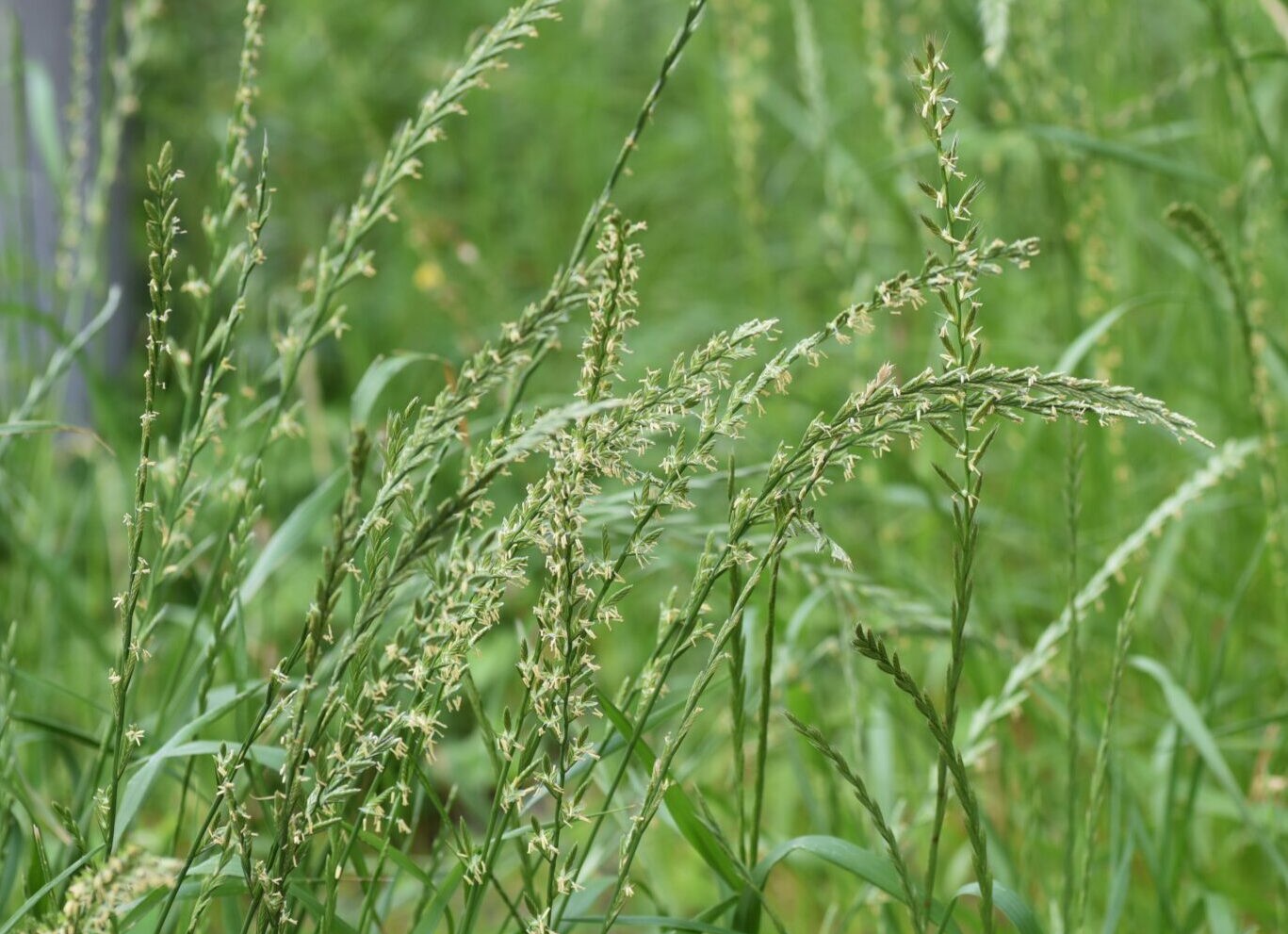
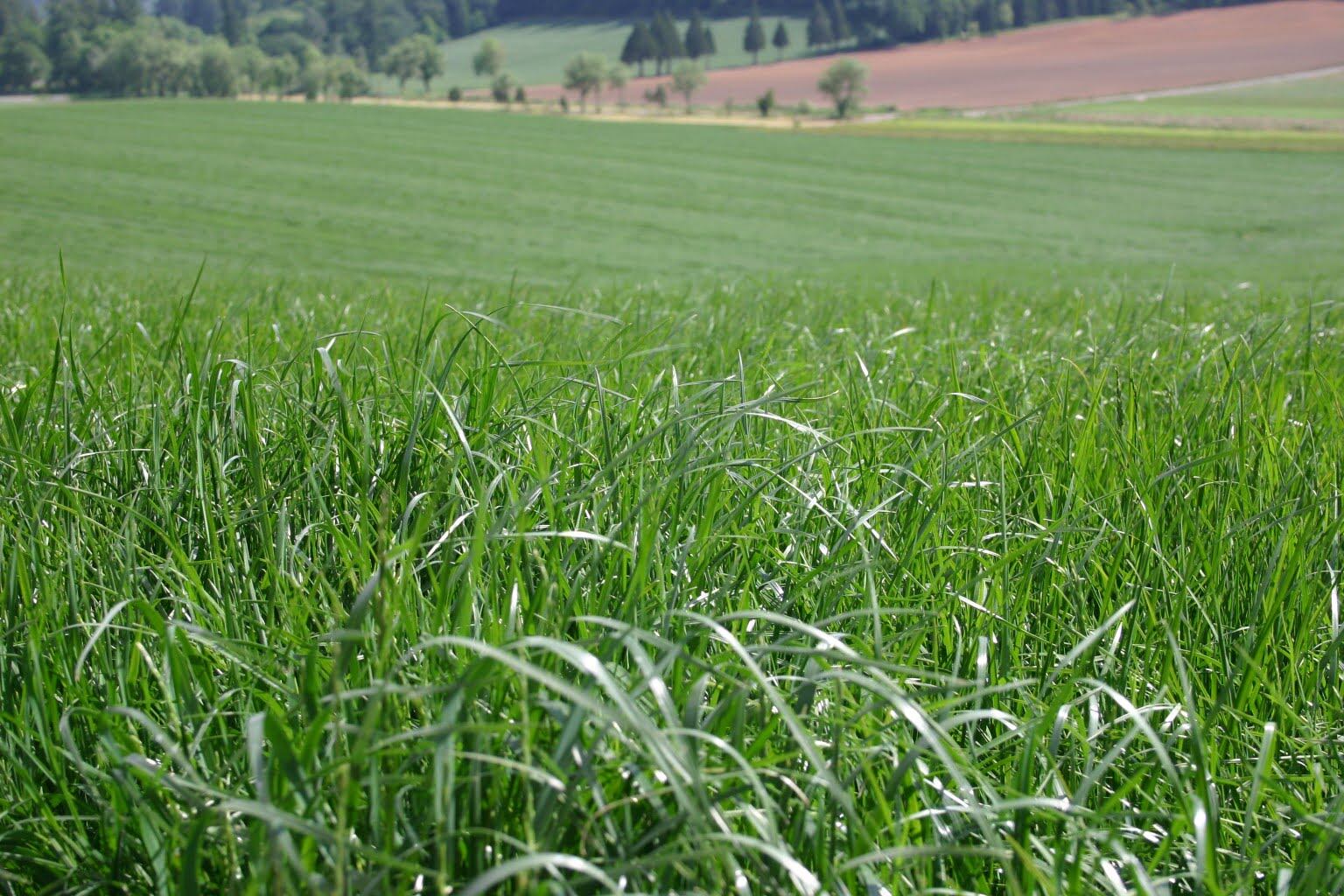
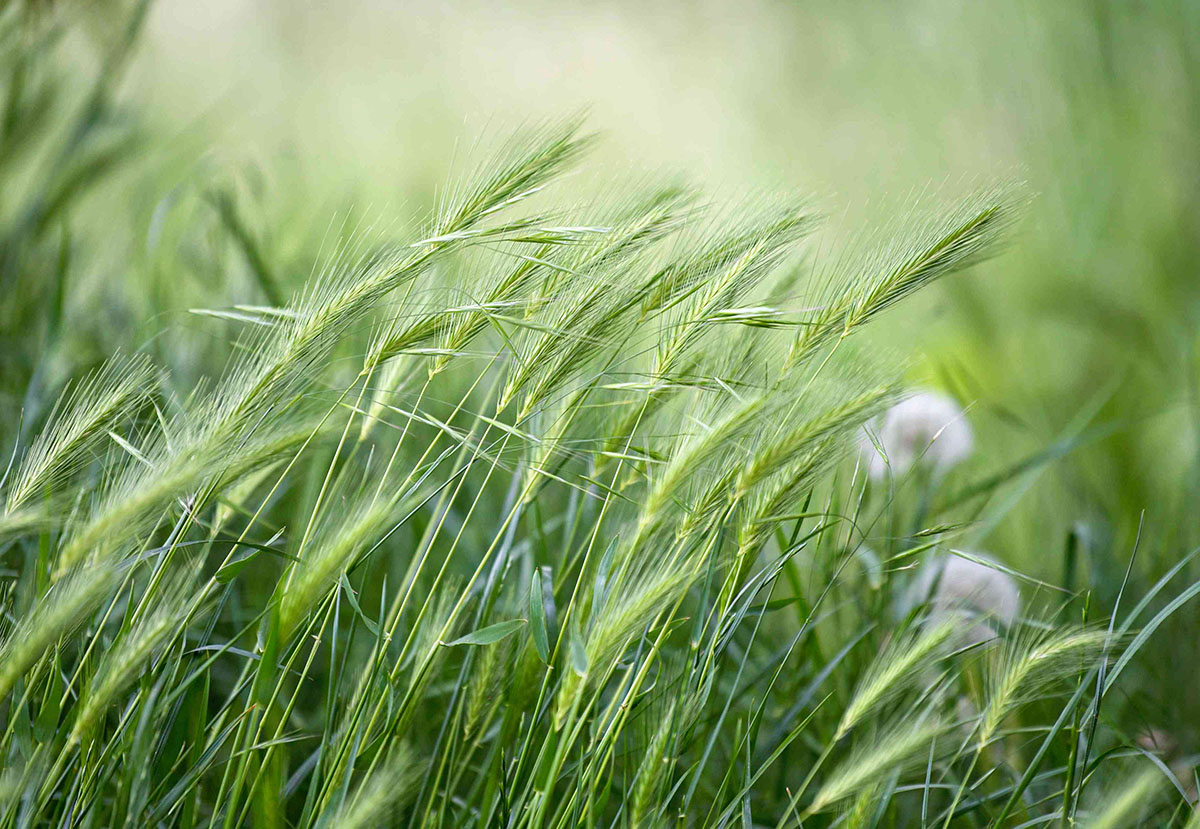
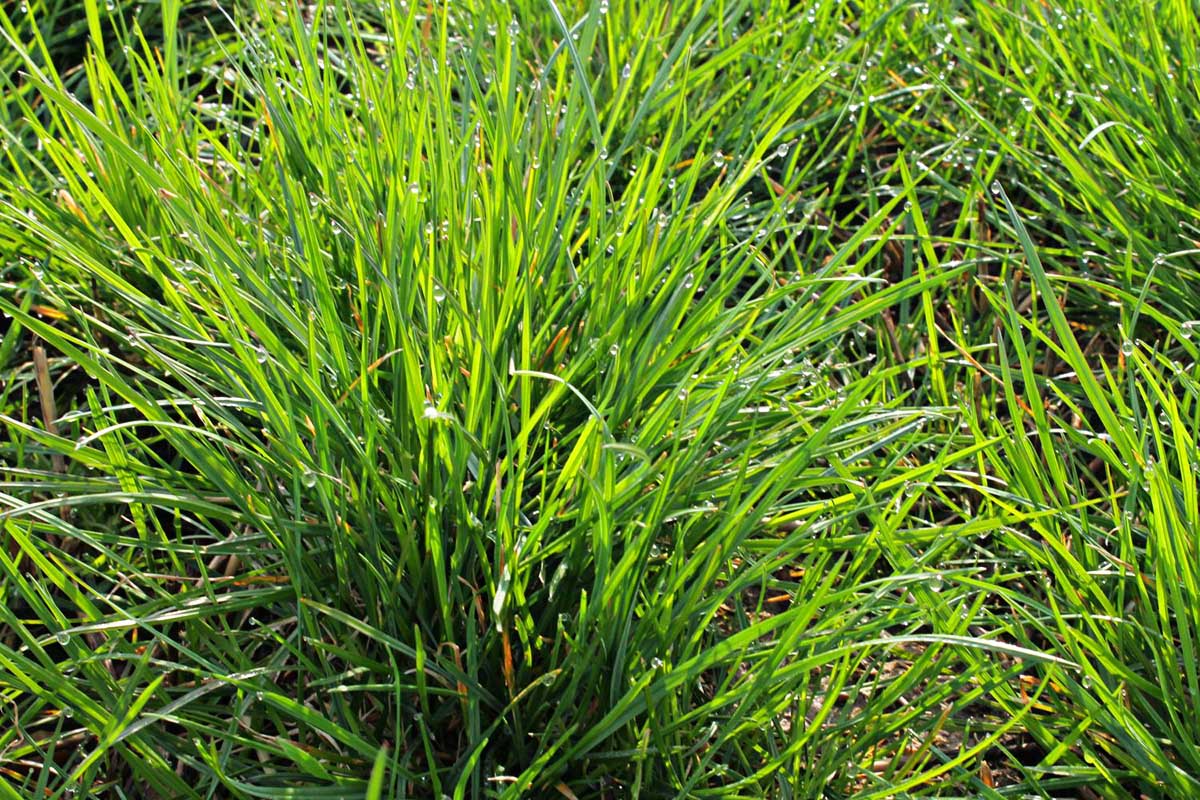
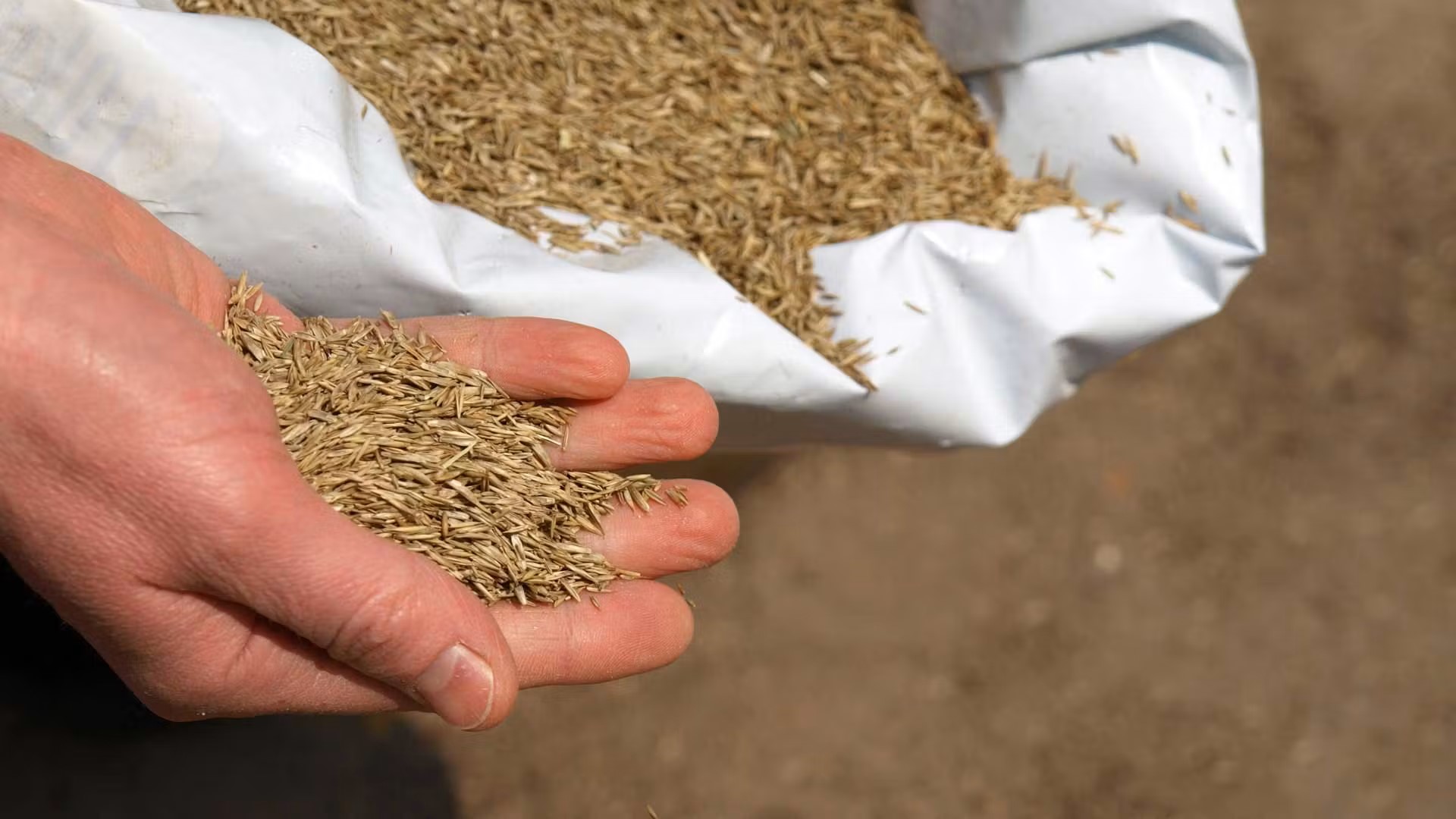
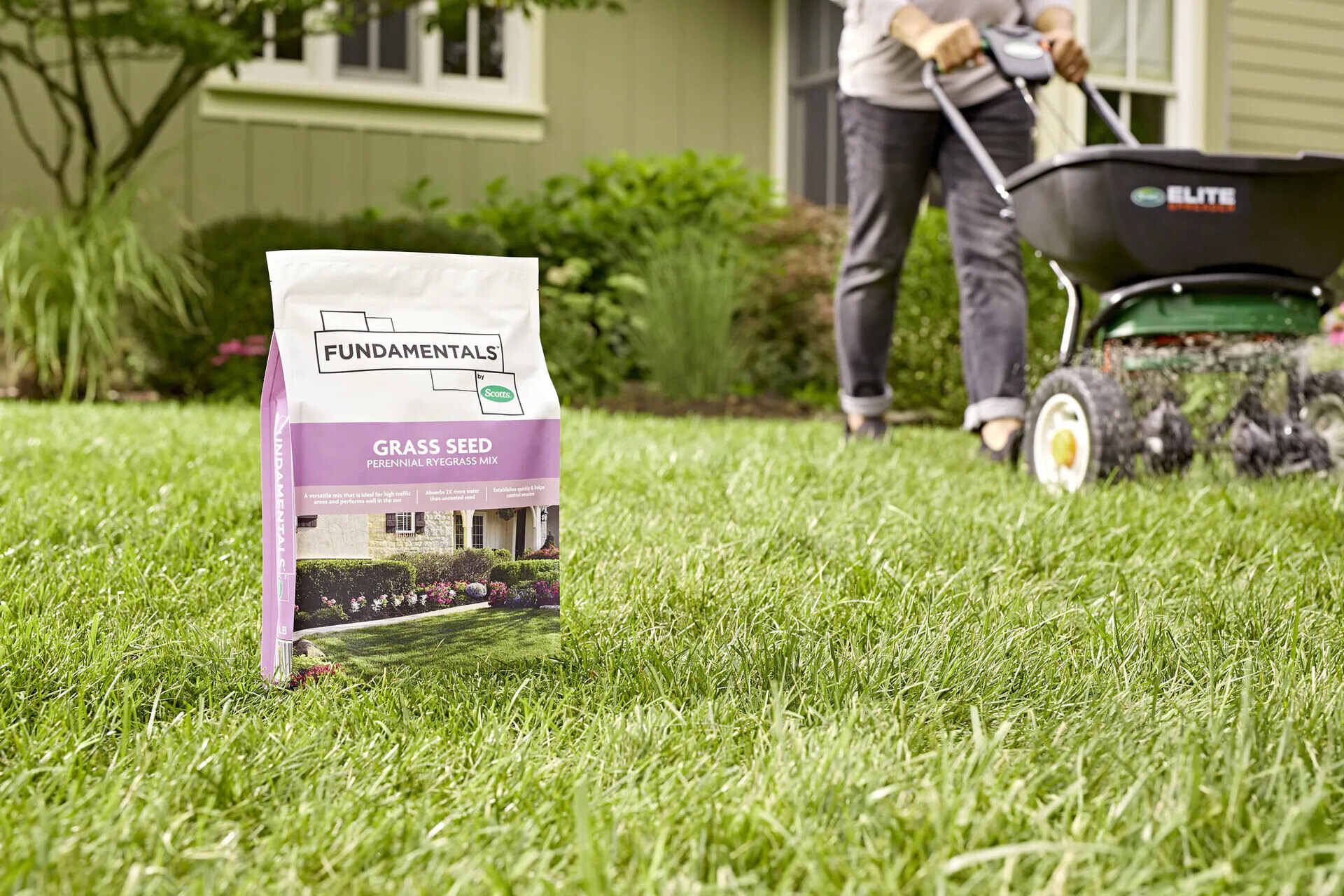
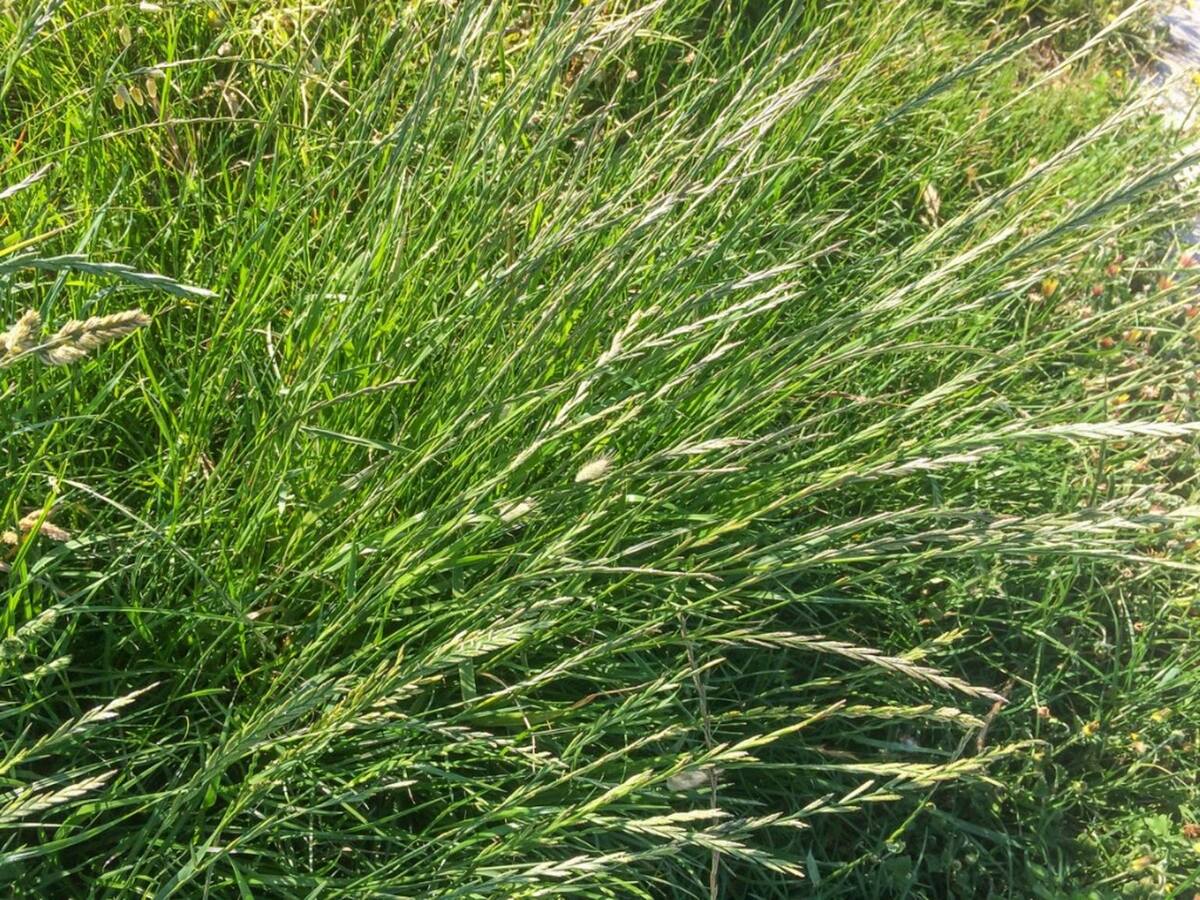
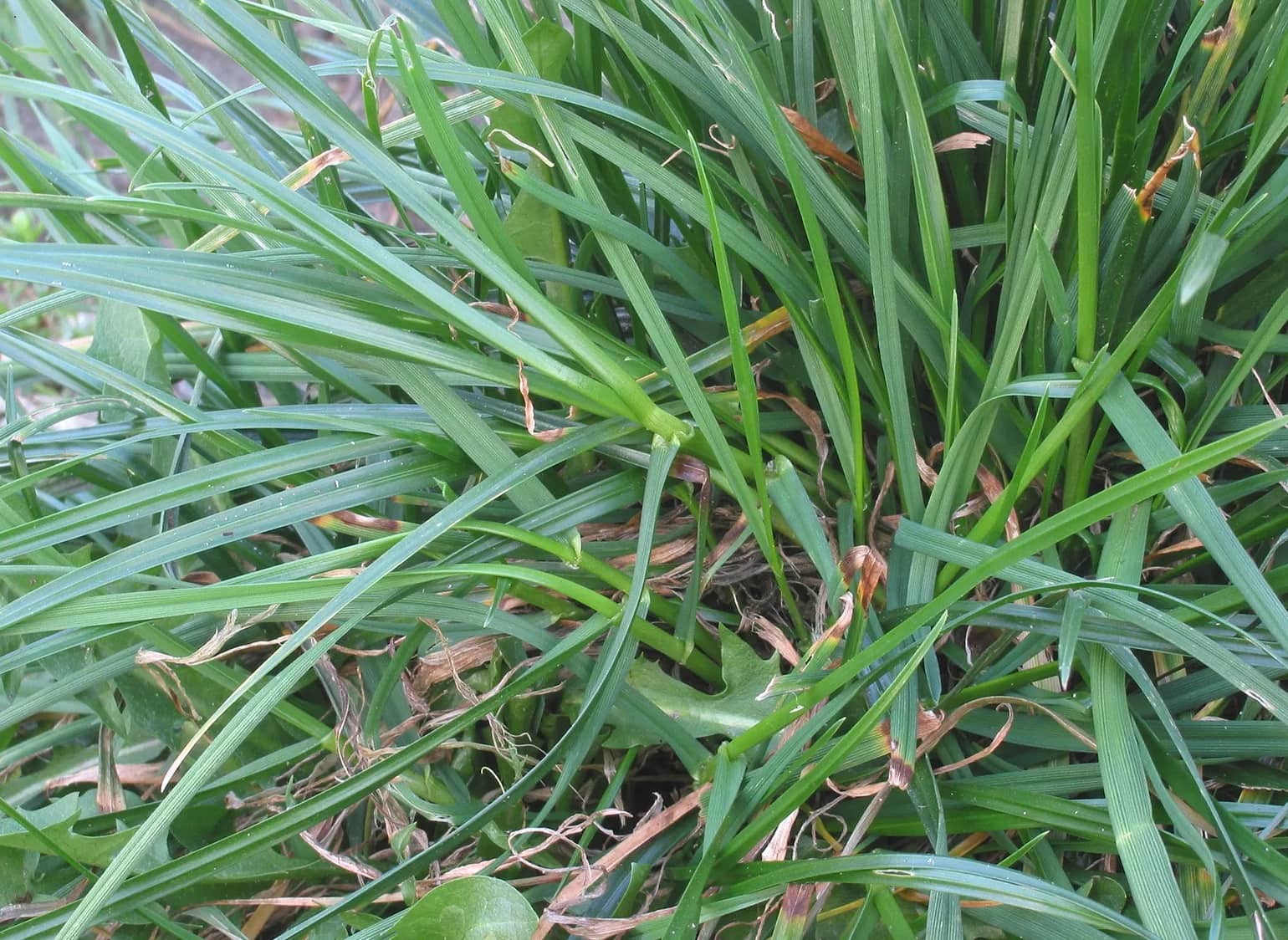
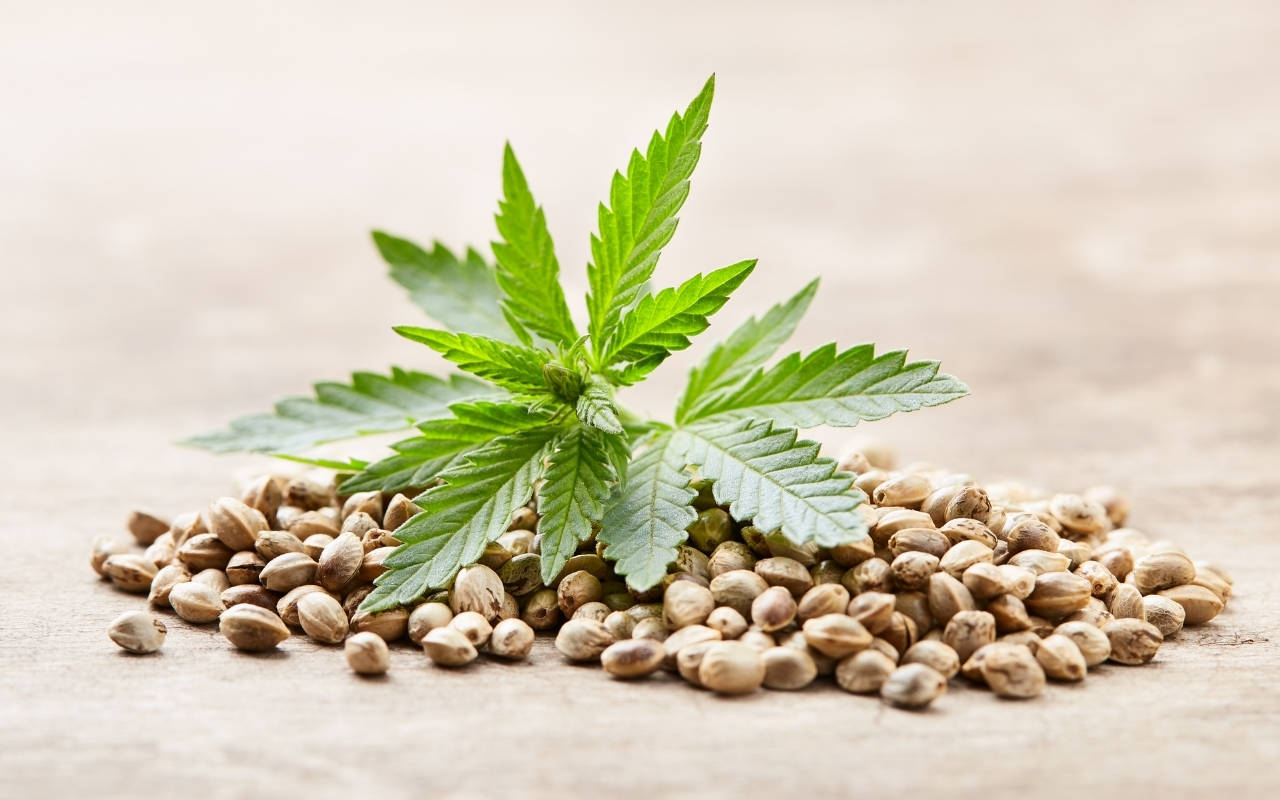
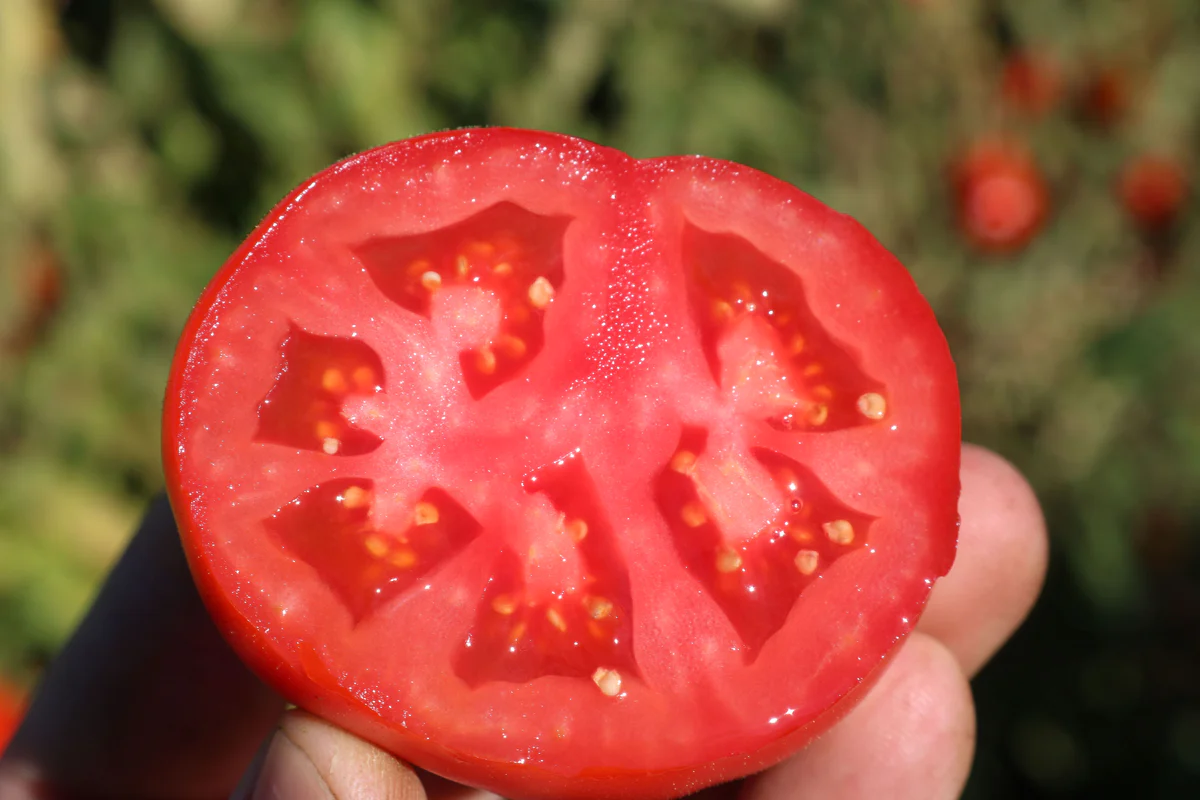
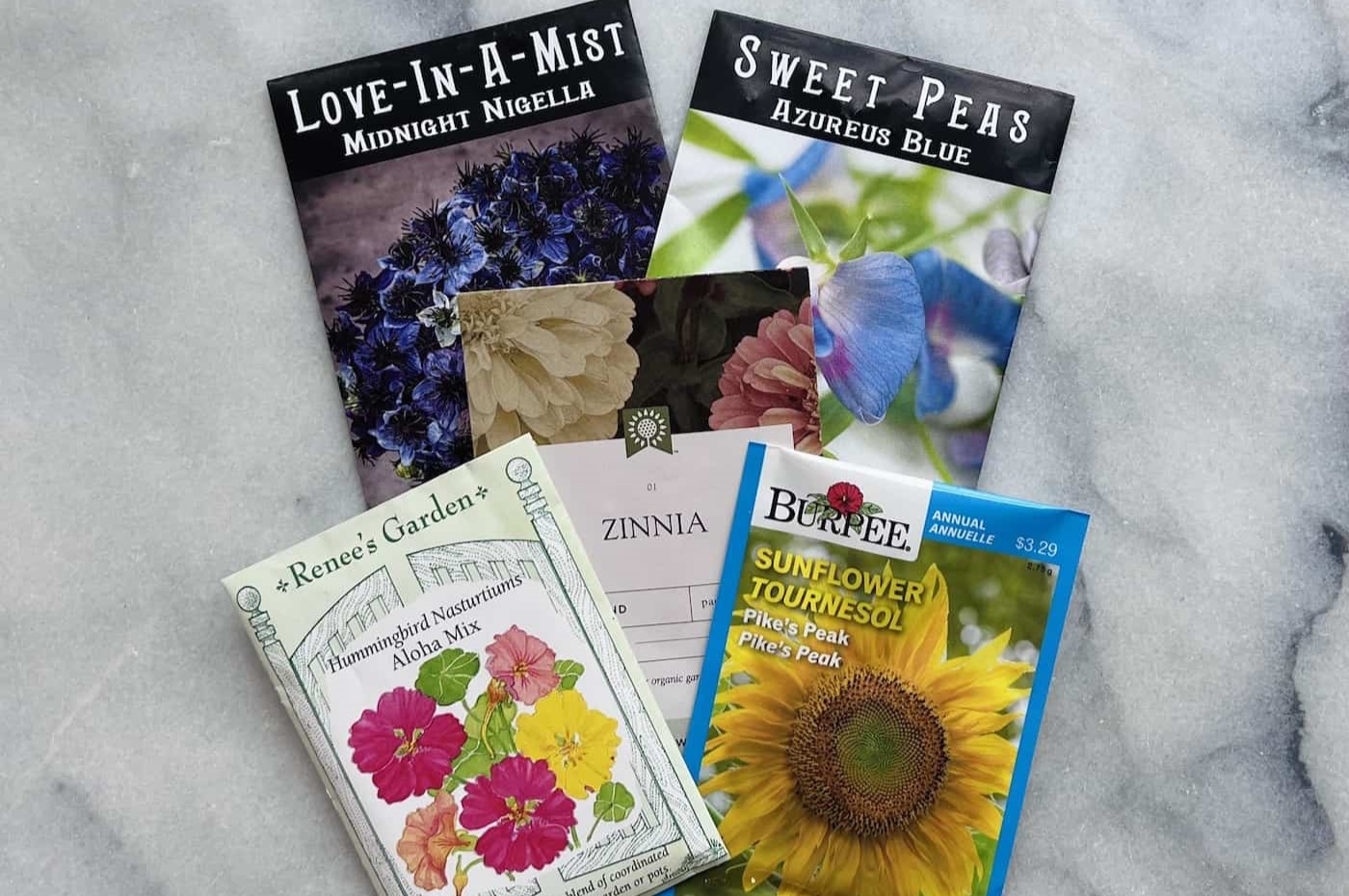
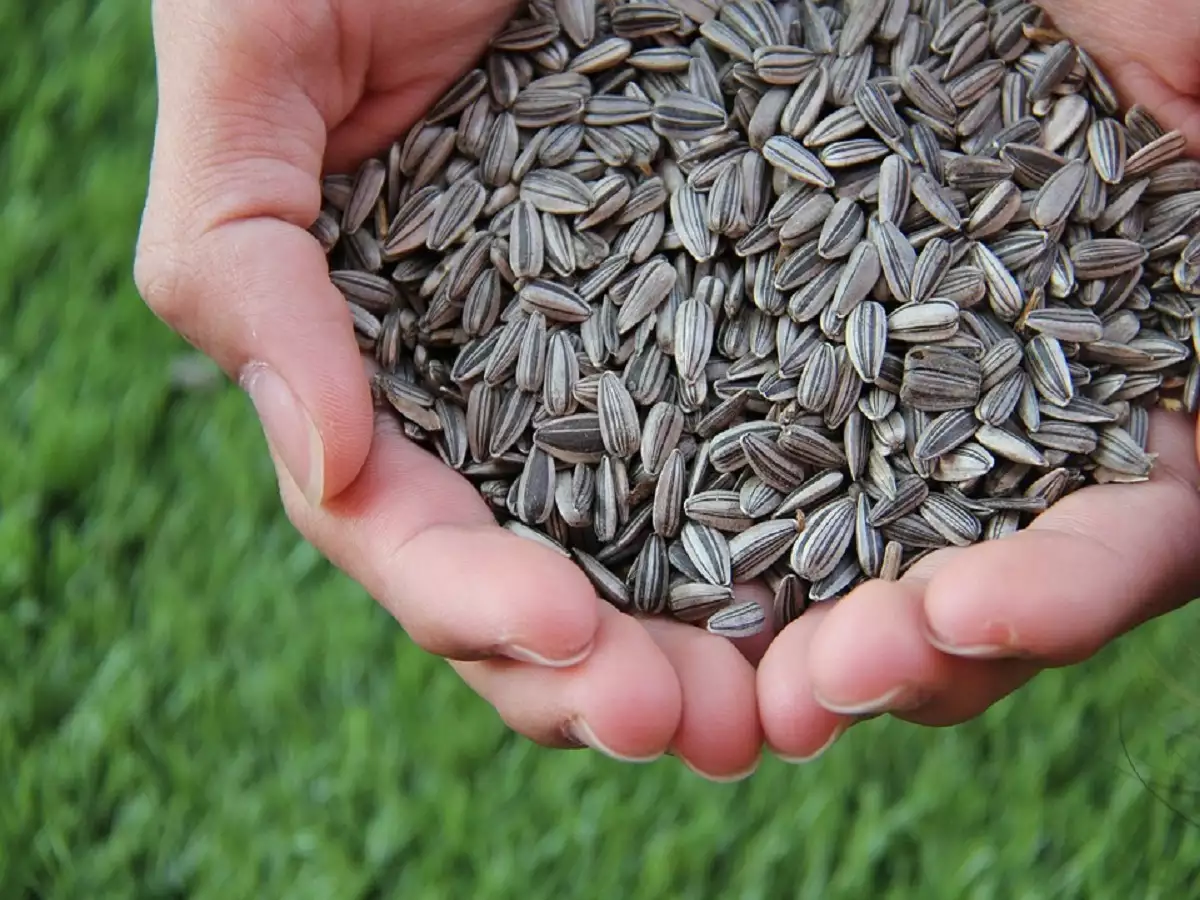
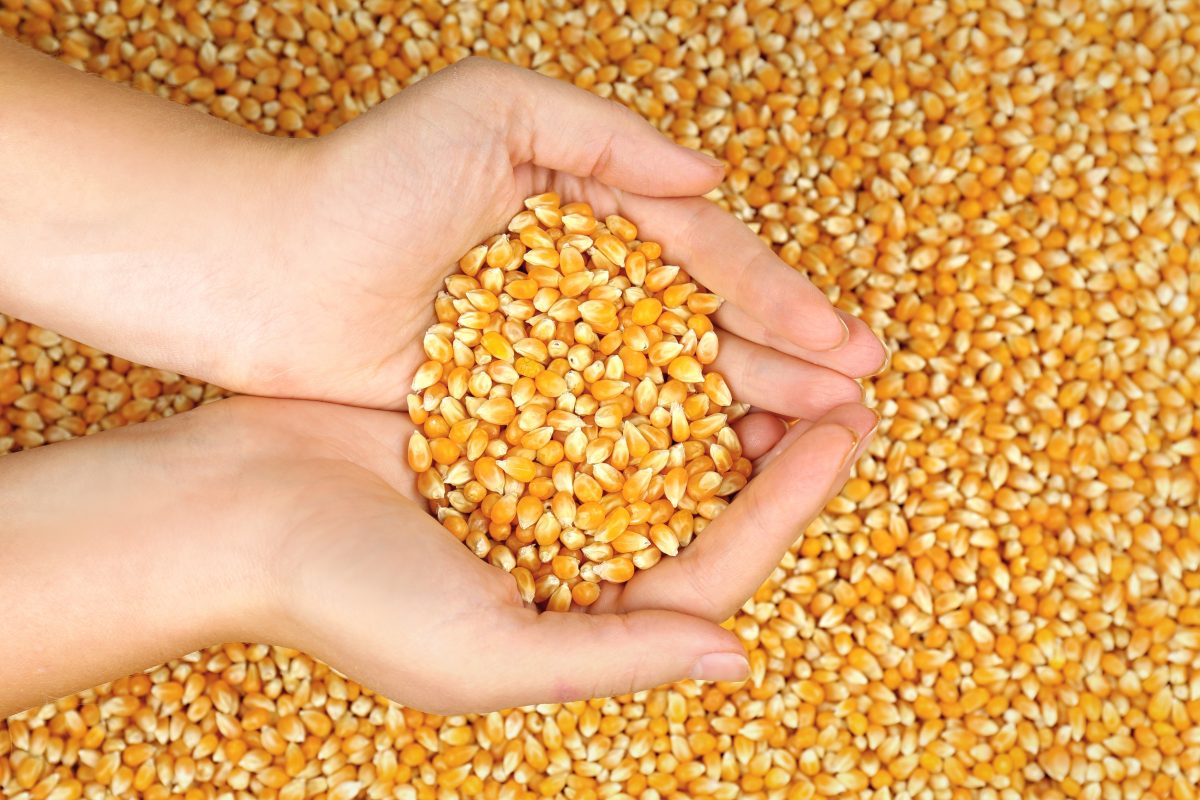
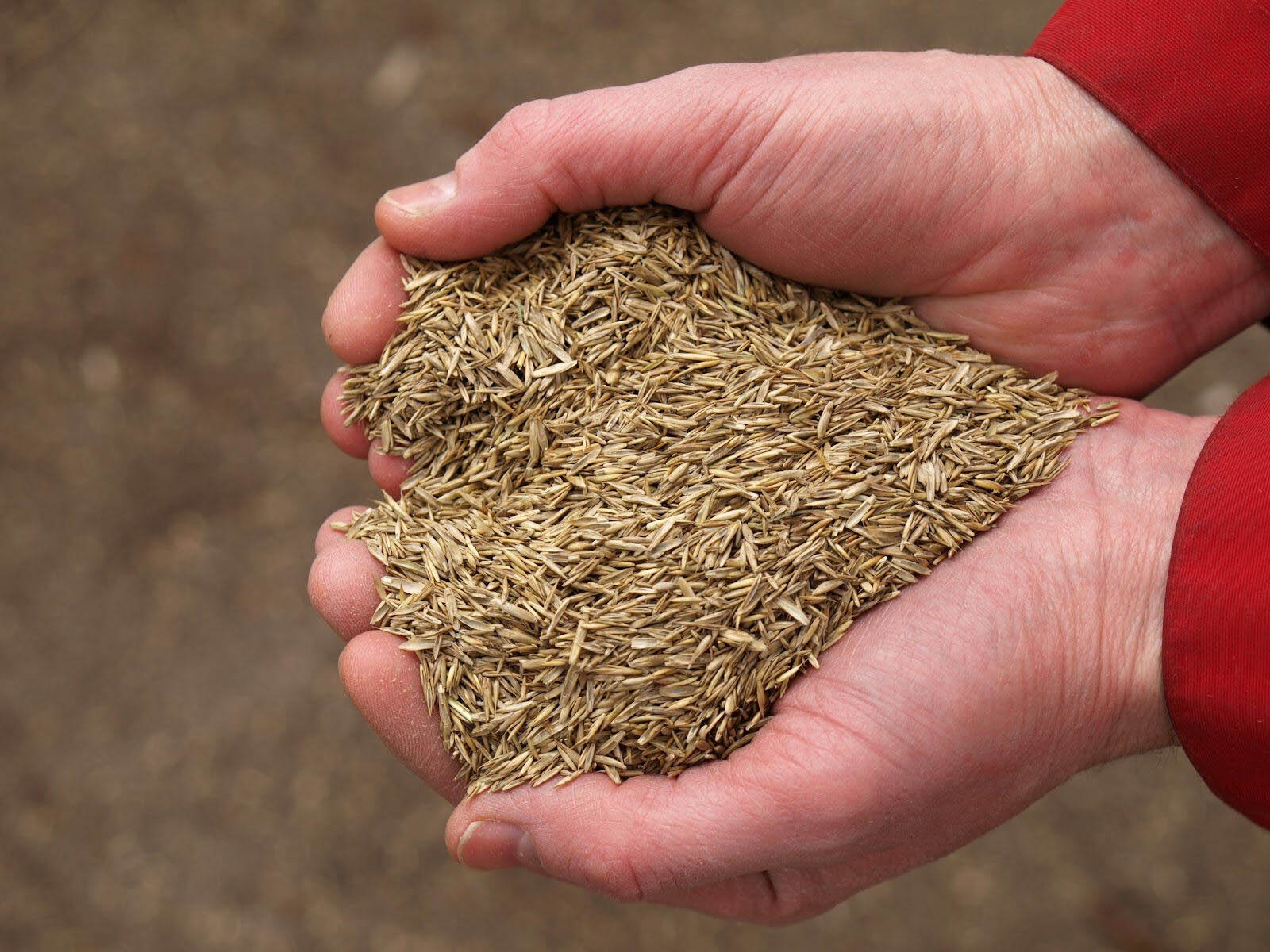

0 thoughts on “How Much Is Ryegrass Seed”